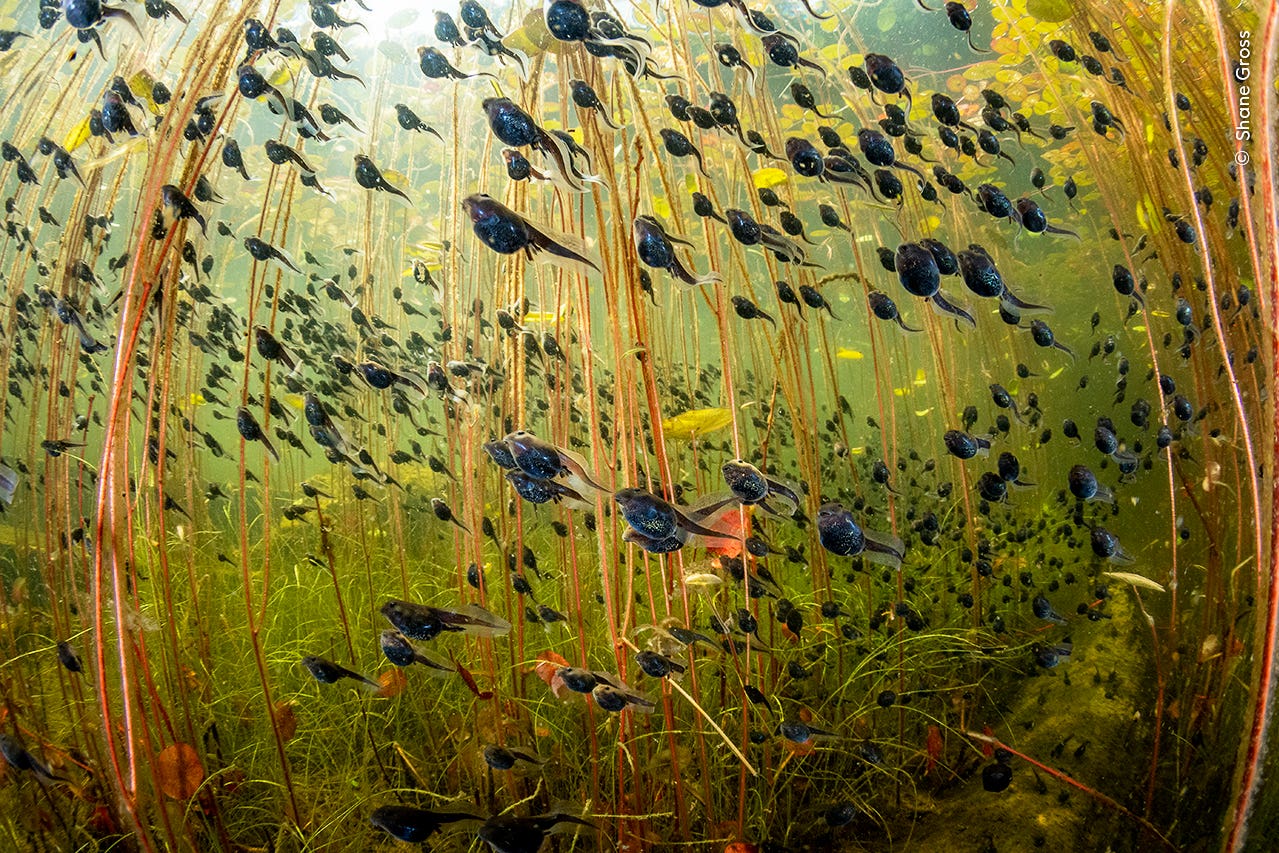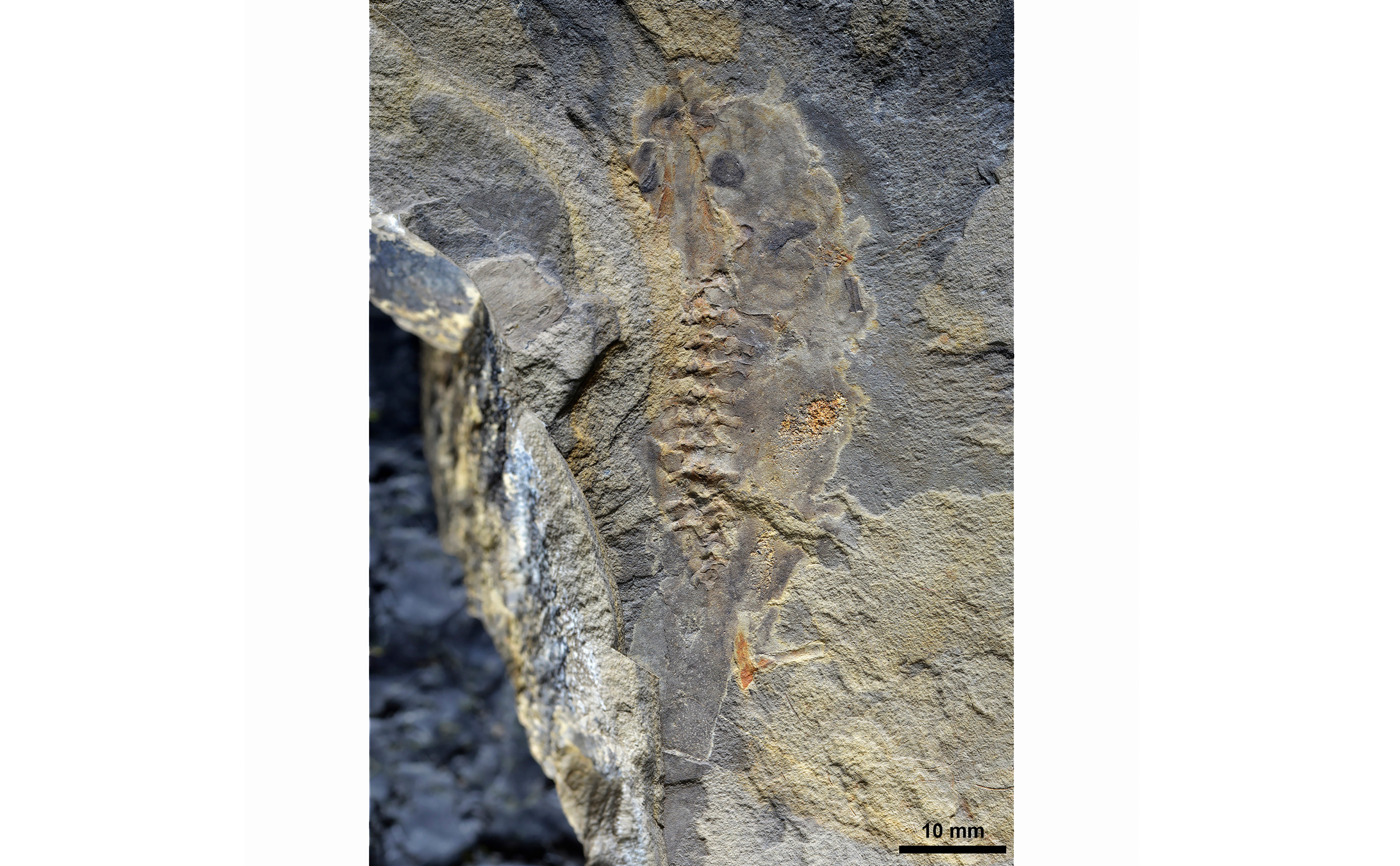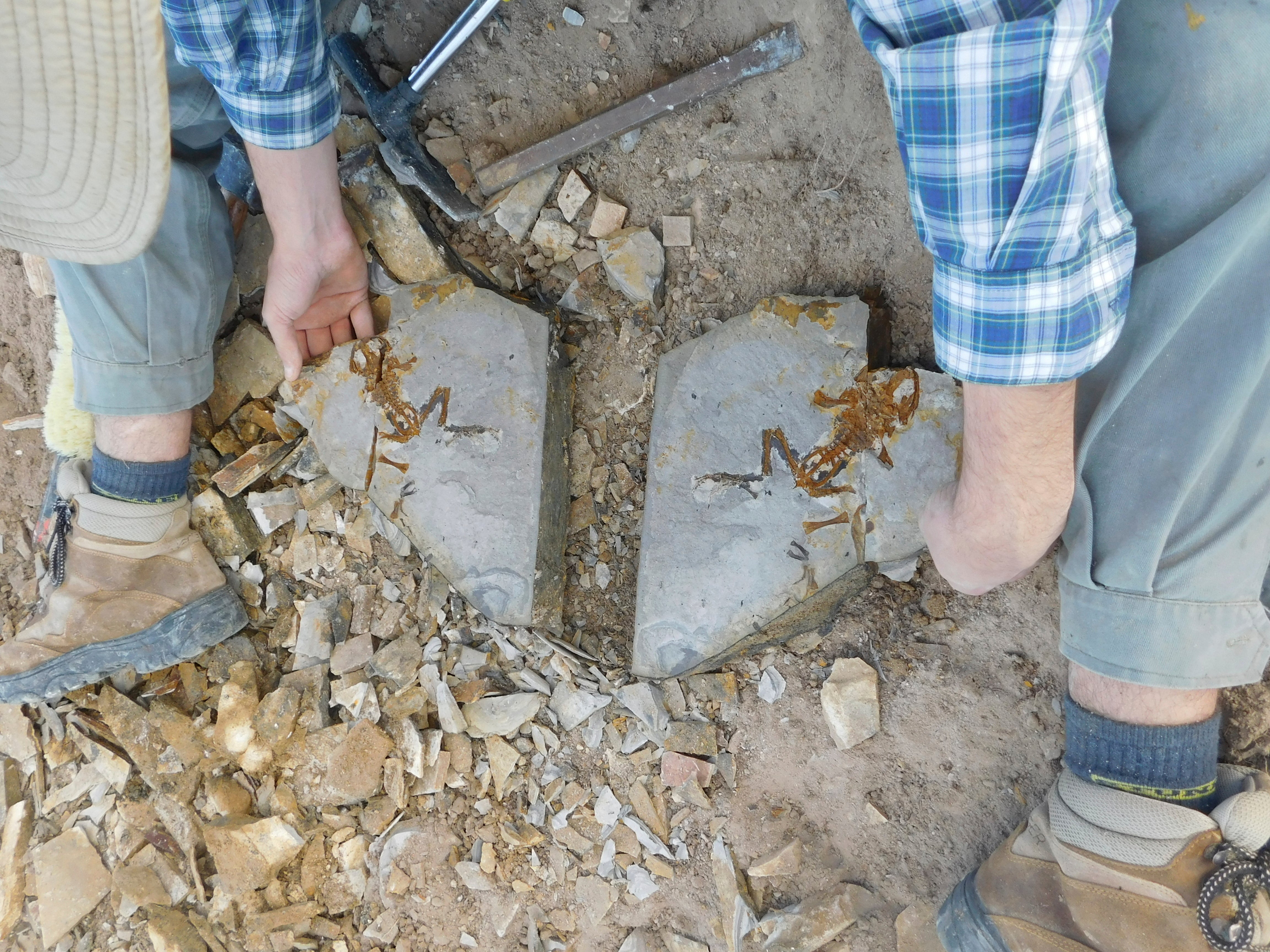This ancient giant tadpole will change what we know about frogs
Scientists have found the oldest-known fossil of a tadpole that wriggled 160 million years ago

Your support helps us to tell the story
From reproductive rights to climate change to Big Tech, The Independent is on the ground when the story is developing. Whether it's investigating the financials of Elon Musk's pro-Trump PAC or producing our latest documentary, 'The A Word', which shines a light on the American women fighting for reproductive rights, we know how important it is to parse out the facts from the messaging.
At such a critical moment in US history, we need reporters on the ground. Your donation allows us to keep sending journalists to speak to both sides of the story.
The Independent is trusted by Americans across the entire political spectrum. And unlike many other quality news outlets, we choose not to lock Americans out of our reporting and analysis with paywalls. We believe quality journalism should be available to everyone, paid for by those who can afford it.
Your support makes all the difference.Scientists have discovered the oldest-known fossil of a giant tadpole that wriggled around over 160 million years ago.
The new fossil, found in Argentina, surpasses the previous ancient record holder by about 20 million years.
Imprinted in a slab of sandstone are parts of the tadpole's skull and backbone, along with impressions of its eyes and nerves.
“It's not only the oldest tadpole known, but also the most exquisitely preserved,” said study author Mariana Chuliver, a biologist at Buenos Aires’ Maimonides University.
Researchers know frogs were hopping around as far back as 217 million years ago. But exactly how and when they evolved to begin as tadpoles remains unclear.

This new discovery adds some clarity to that timeline. At about a half foot (16 centimeters) long, the tadpole is a younger version of an extinct giant frog.
“It's starting to help narrow the timeframe in which a frog becomes a frog,” said Ben Kligman, a paleontologist at the Smithsonian National Museum of Natural History who was not involved with the research.

The results were published Wednesday in the journal Nature.
The fossil is strikingly similar to the tadpoles of today — even containing remnants of a gill scaffold system that modern-day tadpoles use to sift food particles from water.
That means the amphibians' survival strategy has stayed tried and true for millions of years, helping them outlast several mass extinctions, Kligman said.
John Long, a palaeontologist at Flinders University told abc.net.au:“Frogs metamorphose from tadpoles … that’s one of the most dramatic transformations in the life history of any backboned animal on the planet,” Professor Long said.
Adding: “It’s like a Mona Lisa. It’s a masterpiece of evolution’s artistry”.